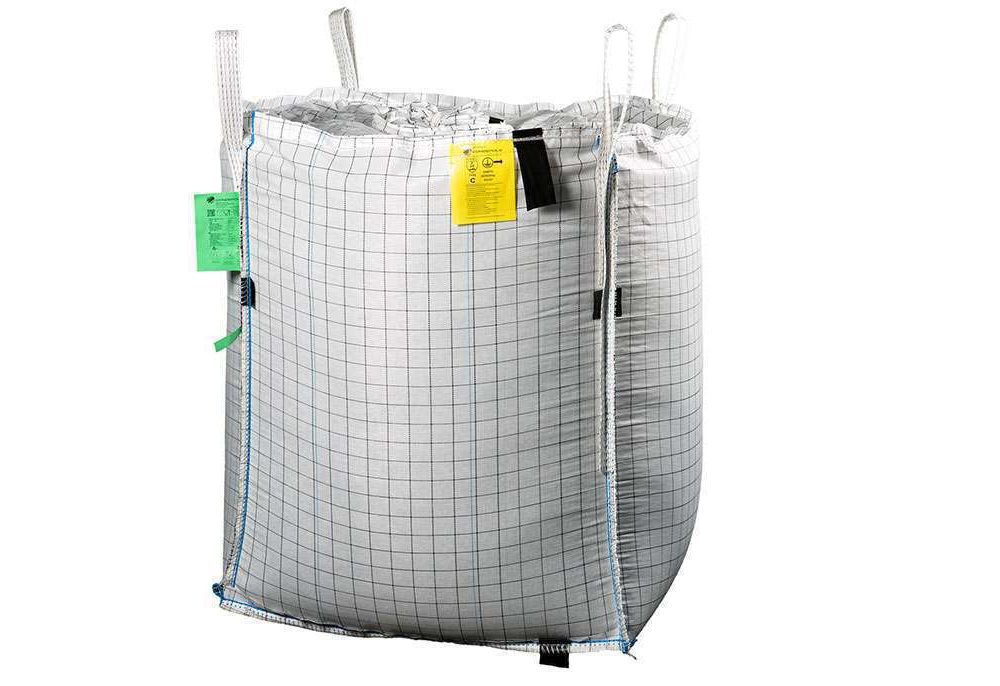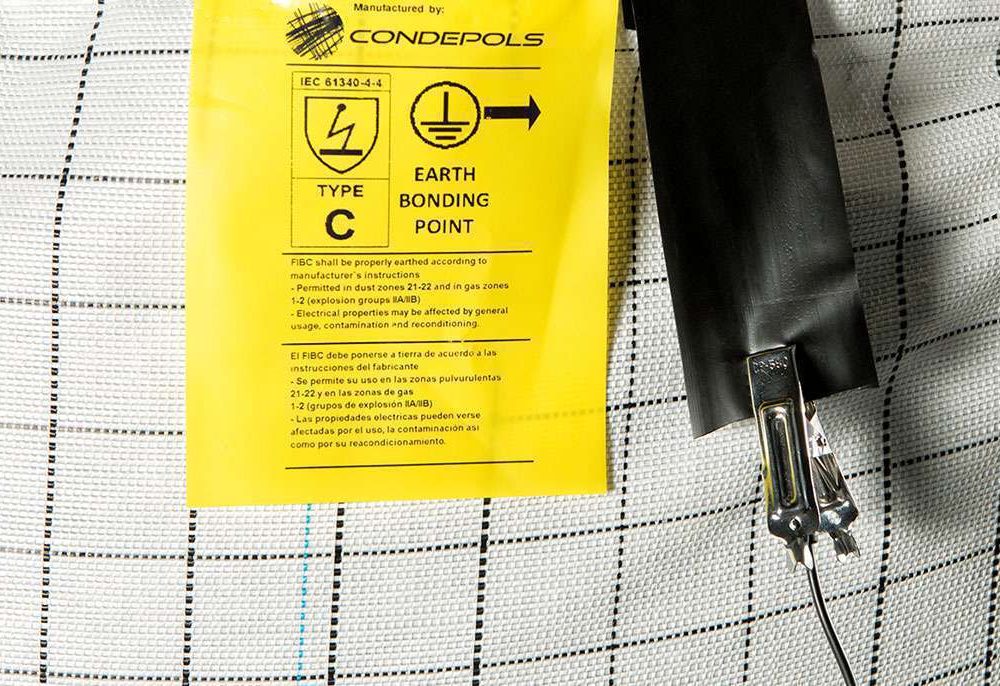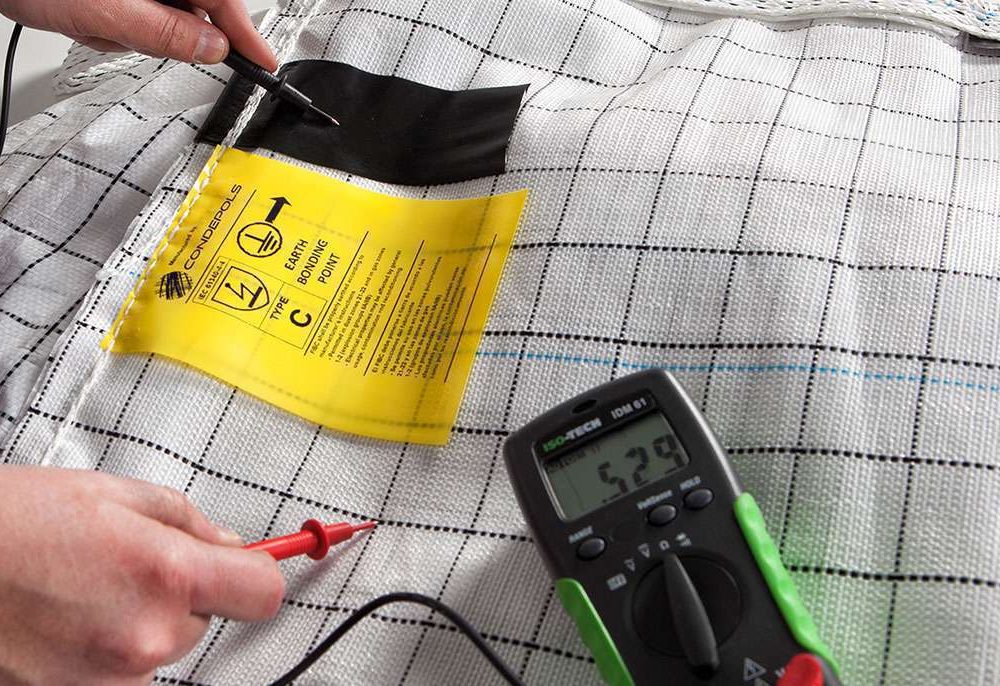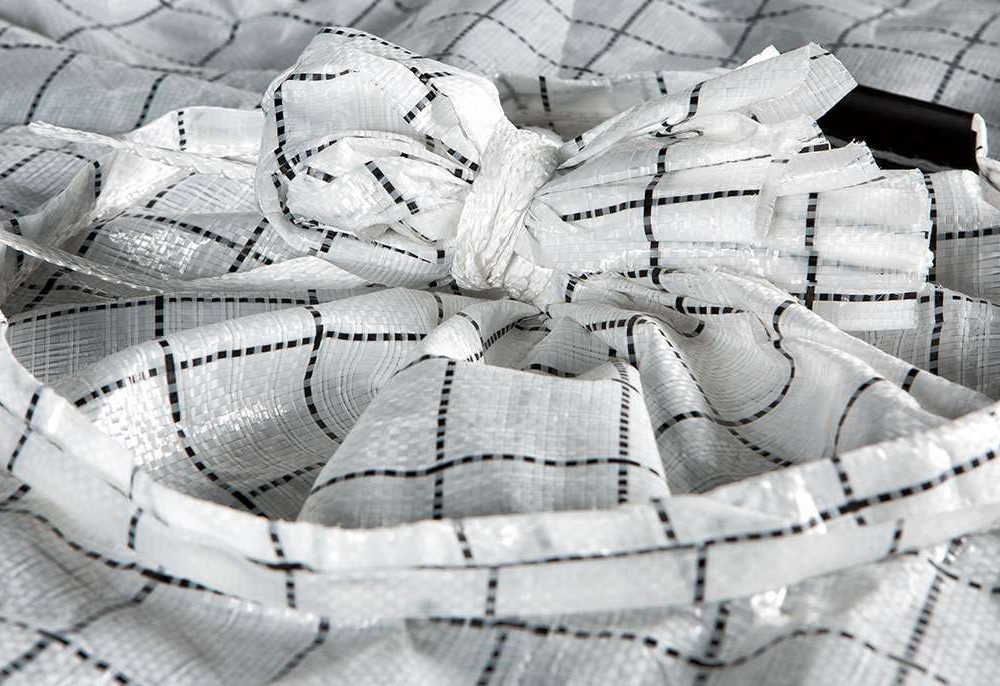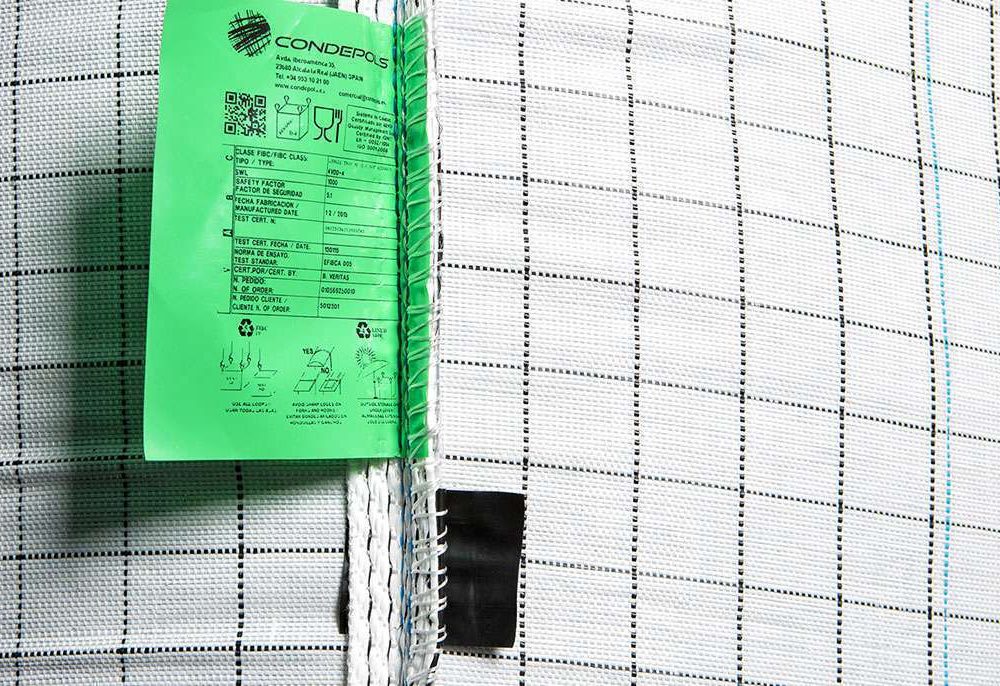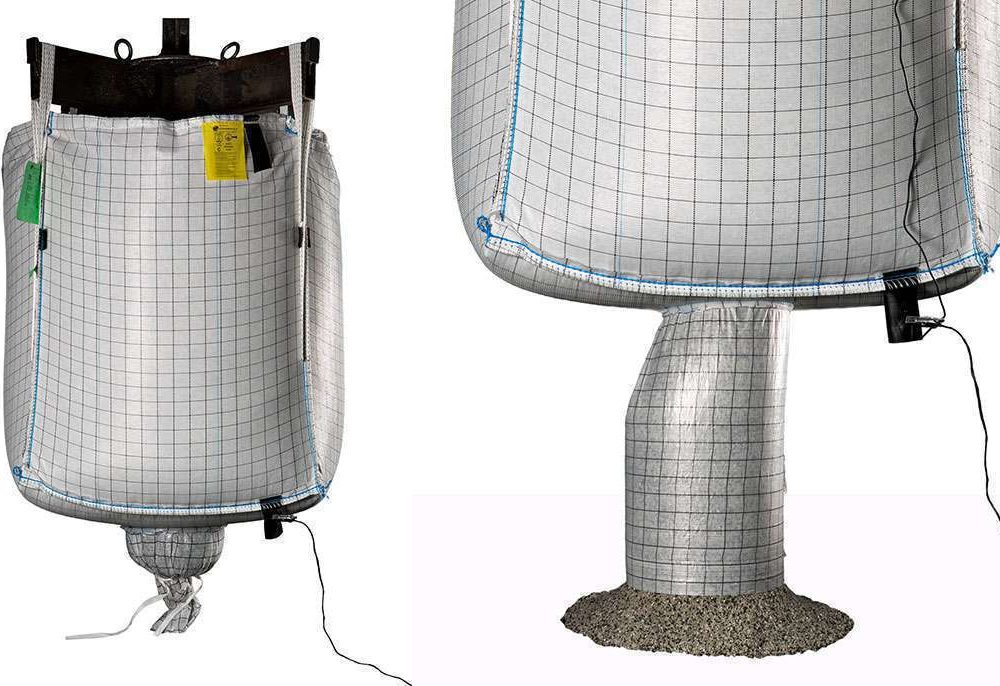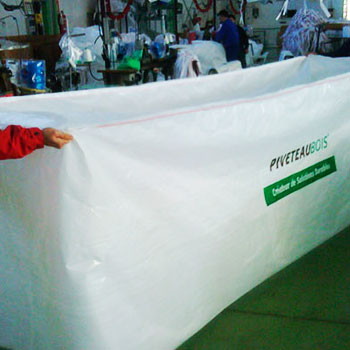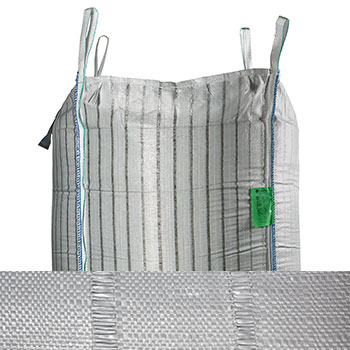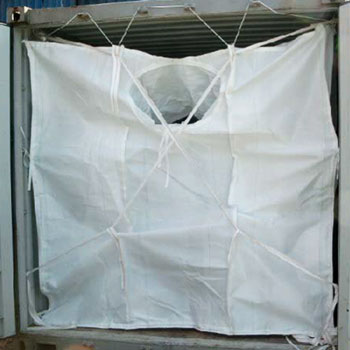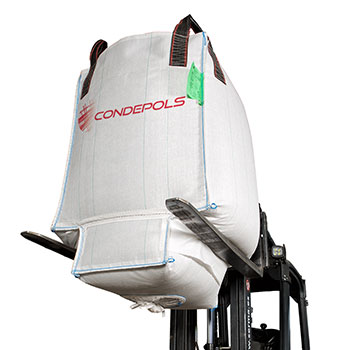Types of Bigbags
Type A Big Bags (not for use in explosive atmospheres)
This is the standard Big Bag. In explosive atmospheres there may be electrostatic discharges which could cause ignition.
Type B Big Bags
The difference from the standard BigBag is that the breakdown Voltage of the fabric is less than 6kV; this property ensure the absence of Propagating Brush Discharges.
Type C Conductive Big Bags
Constructed using a net of conductive tapes connected to two earth terminals. This avoids the generation of electroestatic charge Big Bag. And additionally, this avoids the generation of an electrostatic field that could damage workers or machinery.
Conductive resistance from any point must be less than 1E7 Ohms (resistance which ensures that voltages that may cause electrostatic discharge cannot be reached). Furthermore, the fabric must have a breakdown Voltage below 6kV.
Type D Dissipative Big Bags
Constructed using a special dissipative wires which generate corona discharges, its energy is so low that it presensts no explosive risk and and it releases the accumulated charge on the Big Bag, avoiding the possibility of higher energy discharges. Earth terminals bags are not required but a certain level of cleanliness on the container surface is necessary to ensure a safe working environment.


